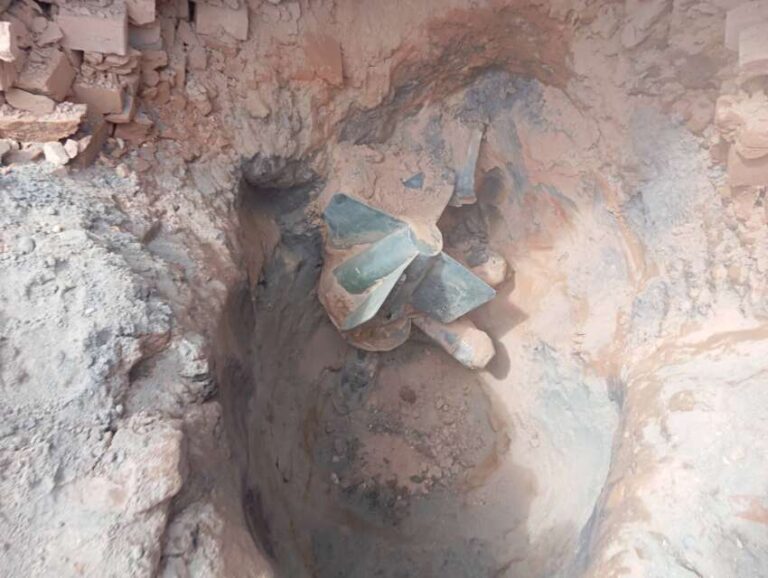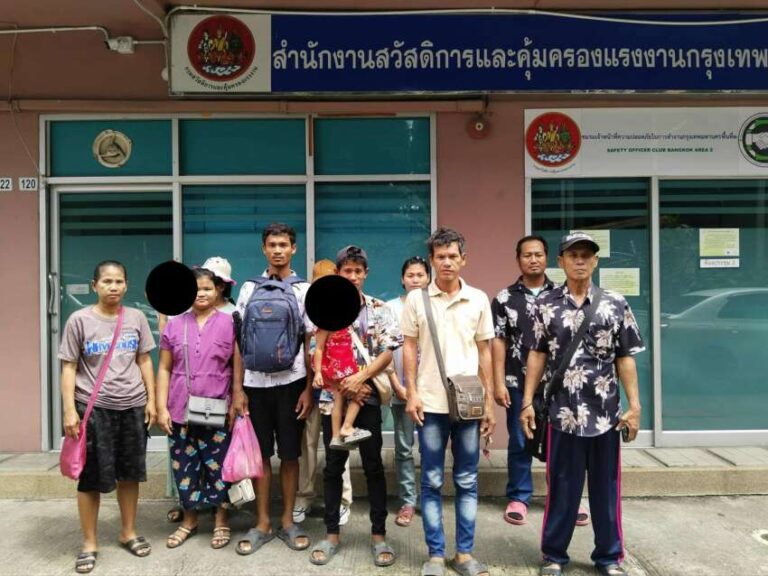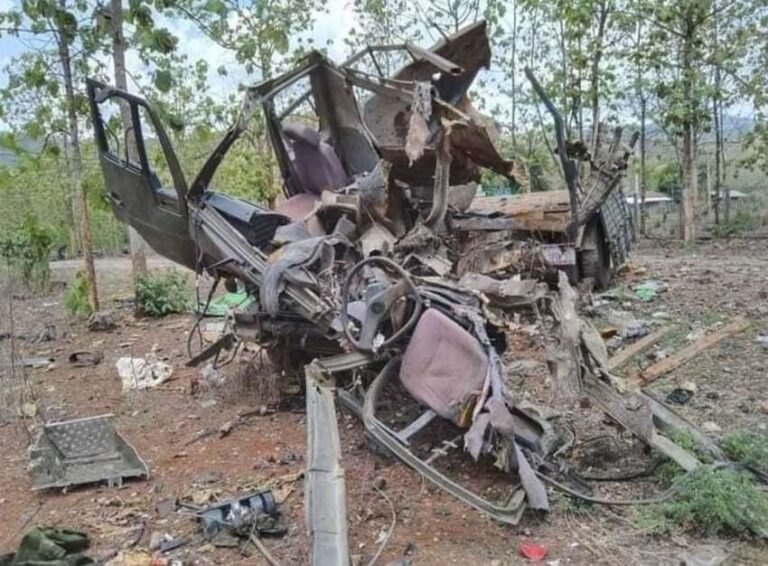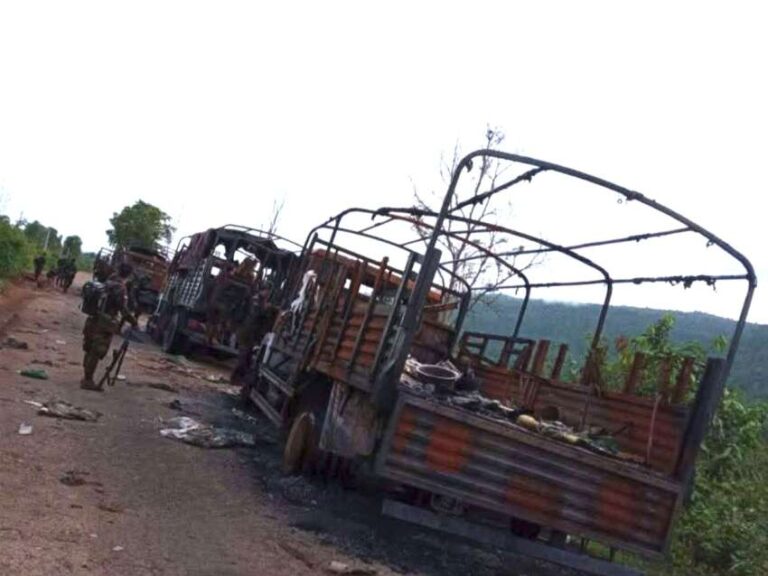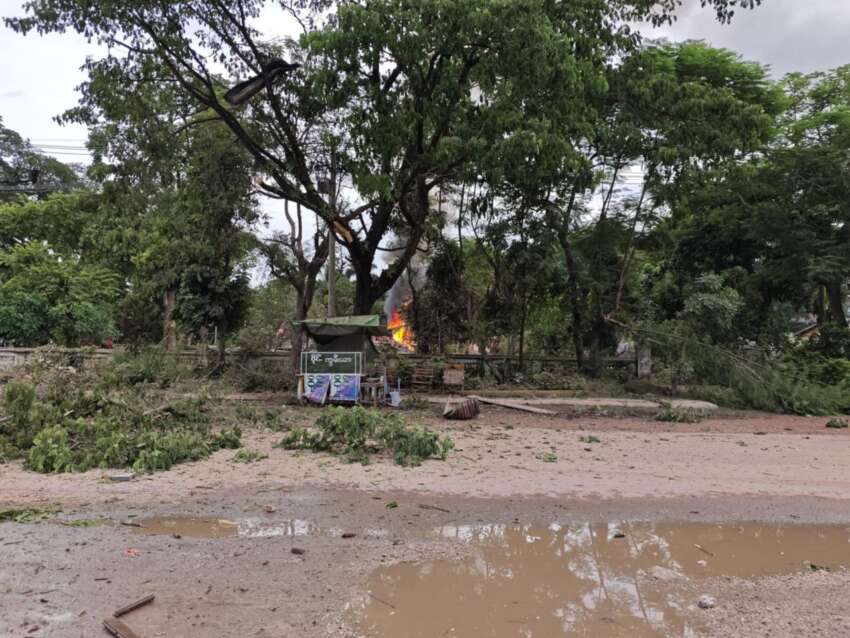
Residents of Hsipaw in northern Shan State have confirmed that warnings are circulating for civilians to evacuate the city immediately as the military council forces prepare to launch an offensive. Following the military council’s recapture of Naung Cho on July 15, preparations are reportedly underway to attack Hsipaw, with continuous warnings being broadcast through social media channels urging residents to evacuate the city within three days.
According to a local humanitarian worker from Hsipaw, the majority of the city’s residents are fleeing their homes due to continuous airstrikes by the military council forces. Warnings circulating on social media and spreading by word of mouth among city residents indicate that when military forces enter the city, they plan to conduct attacks using heavy weapons and aircraft. The warnings emphasize that the military’s objective is ground destruction, and civilians are being urged to evacuate to prevent casualties. A civilian who fled to Mandalay from Hsipaw also confirmed that their family evacuated due to news of the impending military offensive.
The military council has been conducting frequent aerial attacks on Hsipaw, with the Ta’ang National Liberation Army (TNLA) reporting that on July 23 at 00:05 hours, a jet fighter dropped a 500-pound bomb on the former Infantry Battalion 23 base. Similarly, on July 20, another airstrike using a 250-pound bomb targeted the same military base. Additional airstrikes were conducted on July 4, 14, and 19, deliberately targeting civilian-populated areas.
These aerial attacks have resulted in significant casualties and damage, with two civilians killed and five injured. The bombardments have destroyed 13 homes, 6 buildings, and several structures at a primary school. The military council’s continued aerial assault campaign has forced many residents to abandon their homes, leaving only minimal security at their properties as they seek refuge elsewhere. The systematic targeting of civilian areas and infrastructure has created a humanitarian crisis, with many families forced to become internally displaced persons, seeking safety in other regions of Myanmar.
